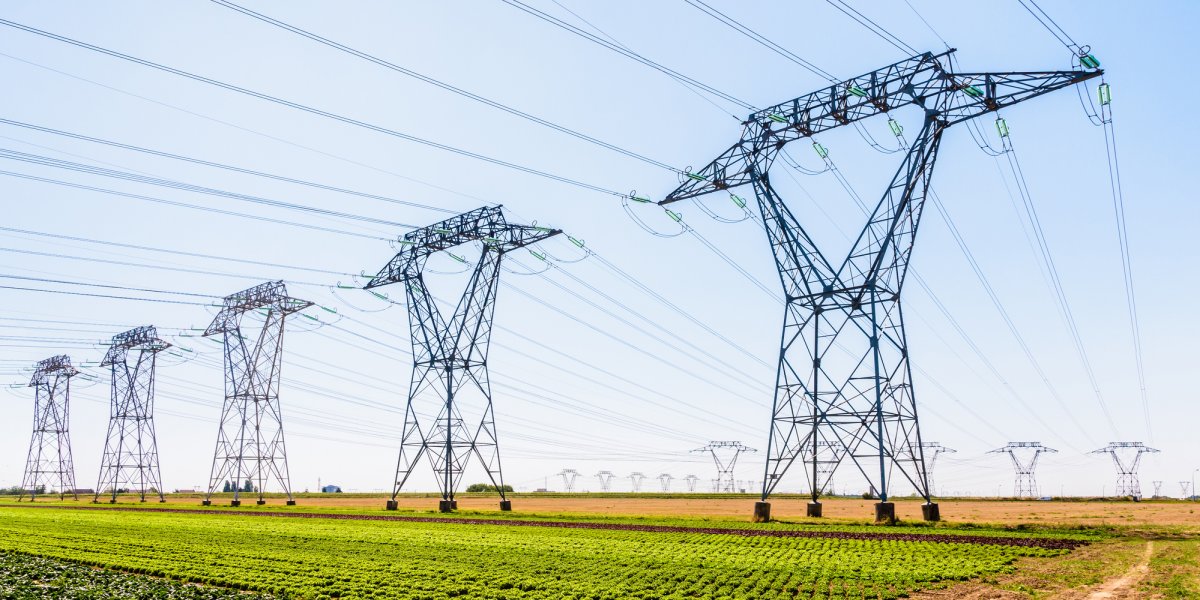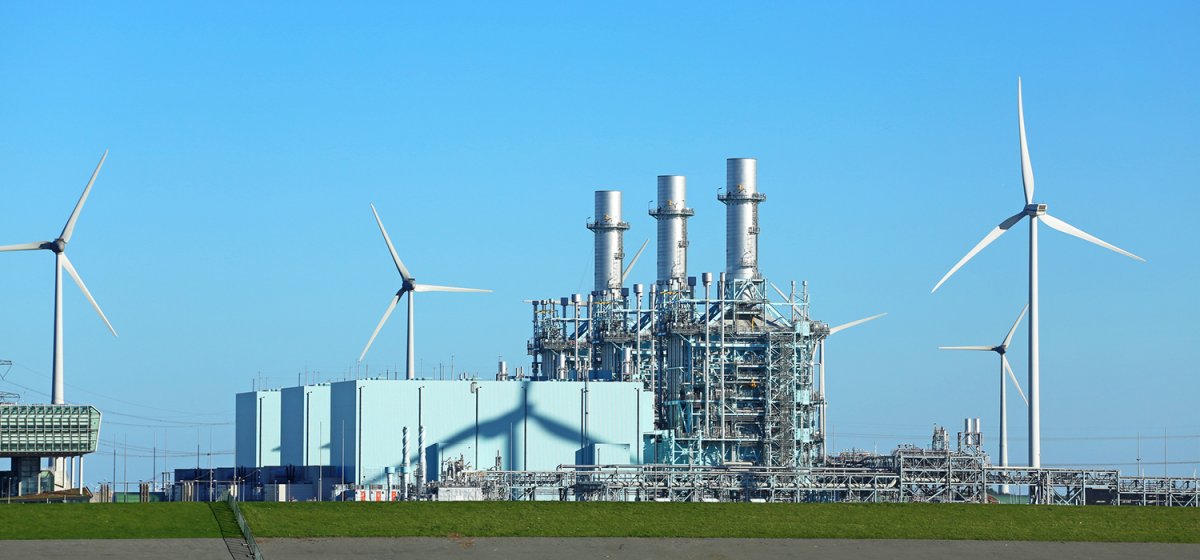
Lack of Transatlantic Cooperation on Trade Threatens Global Climate Change Goals
CEEPR’s Deputy Director Michael Mehling and the Bipartisan Policy Center’s George David Banks discuss border carbon adjustment proposals from both the US and the EU in this piece on The Hill.
SEE FULL ARTICLE
Water for a Warming Climate
California has a pressing need for additional sustainable fresh water supplies. This report explores the feasibility and economic benefits of co-locating a large seawater desalination plant at the Diablo Canyon Nuclear Power Plant to supply potable water to the state. This arrangement integrates the two facilities by sharing infrastructure, forming a water-power coproduction system.
SEE FULL ARTICLE
Facilitating Transmission Expansion to Support Efficient Decarbonization of the Electricity Sector
Many studies have found that achieving decarbonization targets in a cost-efficient manner will require significant investments in new transmission capacity. However, there are numerous barriers that go beyond “NIMBY†opposition. These barriers are identified and potential reforms to reducing them are discussed in this Working Paper.
SEE FULL ARTICLE
Challenges and Opportunities for Decarbonizing Power Systems in the US Midcontinent
In this paper, the authors assess options for rapid decarbonization of the power system with a focus on coal-reliant states across the midcontinent, where a diversity of entities share responsibility for maintaining a reliable and affordable supply of electricity.
SEE FULL ARTICLE
From Hierarchies to Markets and Partially Back Again in Electricity
Many electricity sectors are now pursuing deep decarbonization goals which will entail replacing dispatchable fossil generation primarily with intermittent renewable generation over the next 20-30 years. In this paper, Paul Joskow thinks broadly about the options for institutional change from a Williamsonian perspective, which provides a useful framework for examining institutional adaptation.
SEE FULL ARTICLE
Taxes, Oil Prices And Why We’re All Quitting Our Jobs: Indicators Of The Week
In an episode of NPR’s Planet Money podcast series, Director Christopher Knittel discusses corporate taxes, the current state of oil prices, and employment trends.
SEE FULL ARTICLE
Subscribe To Our Newsletter
Subscribe now and check outour Past newsletters


